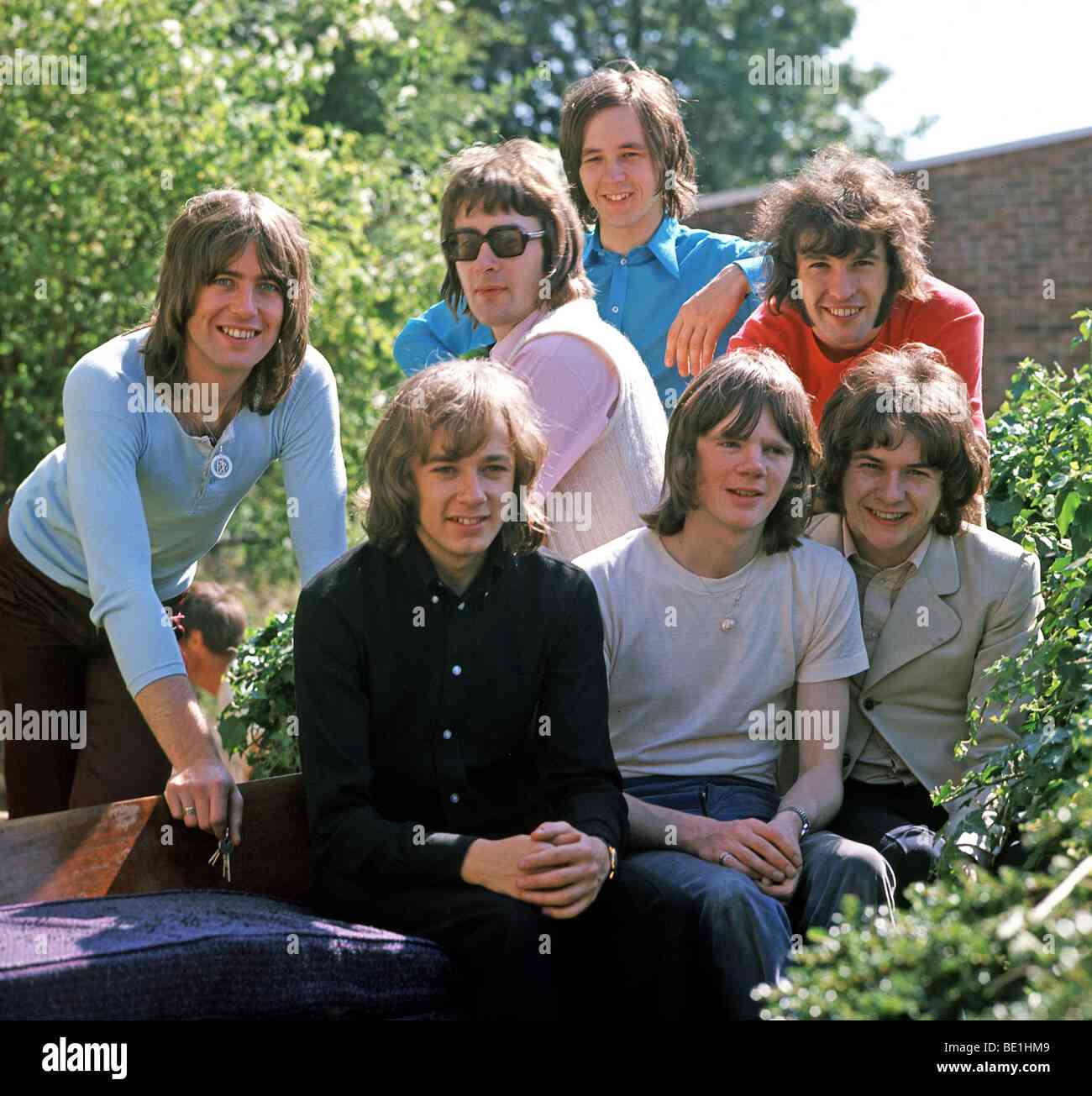
By Tim Middleton
It has become a familiar sight, all around town — bricks, along with mounds of sand and stone, outside garden gates. We do not need to be a genius to work out what is happening and why. People are building to maintain and increase the value of their money and their property in the face of rising inflation. It is happening in two ways.
Firstly, people are building extensions to their existing property, perhaps with the aim to rent out some of those rooms for increased income; they are wishing to add to their asset. Secondly, people are knocking down an existing large building in a large property and building many smaller buildings in order to multiply their profits. In short, both categories have done the maths and have discovered the positives in construction. Maths provides valuable lessons for life and these are vital lessons which we need our children to learn.
It is not good for man to be alone; we have heard that often. Two are better than one. The Bible states that, “If two lie down together, they will keep warm but how can one keep warm alone?” “A person standing alone can be defeated but two can stand back-to-back and conquer. Three are even better, for a triple-braided cord is not easily broken.” Man is meant to live in community. As the old proverb states, two heads are better than one, for the wisdom shared by both can add to the understanding of those included. We need then to add to our company, to our circle. Addition is a vital, life-giving skill; it builds community.
However, it is not simply a matter of adding people for benefits to be seen, that we should teach to our children. We are often called upon, indeed required, to add value to the company, to the community, to the country. We add value by what we do. We need to add value to each person with whom we engage, be it a family member, a colleague, a boss or a neighbour — and children can learn that crucial lesson at school. A builder may add value to the property on which they are working, by strengthening it, by decorating it, by supplementing it, by extending the property. In the same way, therefore, so we can add value to those around us by strengthening them with the addition of greater knowledge, understanding and insight. We can add value to them by bringing fresh colour and energy to their presence. We can add value to them by enriching them with fresh ideas. We can add value by extending them in their thinking, activity and ambition.
Addition can be a valuable lesson for our children to learn as they construct their life, but so too is multiplication. Just as builders are now multiplying the accommodation on a property by building more houses, so too children must learn how valuable multiplication is in different areas of life. As addition was one of the first actions in the Bible, where woman was added to man, so one of the first commands to man was to “go forth and multiply”, though it is equally an invitation and a plea. Be fruitful and increase. We must gain interest through what we do. We must make full use of our talents to bring further reward. We plant a mealie seed which in time will produce many more; the one multiplies into many. “Many hands make light work” works mathematically when applied to (and thus multiplied in) the one purpose.
The exciting thing is that even two negatives when multiplied can bring about a positive solution. The lessons that can be joined together from two mistakes can bring about a positive result. However, two negatives added together do not necessarily bring about such a positive result; one beside another does not necessarily bring about change, but when the lessons of one are multiplied by the lessons learned from the other, then significant lessons will have been learned.
We need to help our children understand that maths applies to all areas of life. We need them all to study Applied Maths, not as a separate subject, an extension of the basic maths curriculum, but as a significant and relevant principle of life.
- Chamisa under fire over US$120K donation
- Mavhunga puts DeMbare into Chibuku quarterfinals
- Pension funds bet on Cabora Bassa oilfields
- Councils defy govt fire tender directive
Keep Reading
We need to teach young people to apply the positive aspects of maths to construct a better world. We need them to learn that two people pulling together will do more than individuals pulling alone. Aristotle famously and wisely once said that, “The whole is greater than the sum of the parts”, which is a key mathematical and practical life principle. We are called to go forth and multiply, to bring greater returns. That is the fundamental lesson that we need our children to grasp, in theory and in practice. The answer will be infinity!
Tim Middleton is the executive director of the Association of Trust Schools [ATS]. The views expressed in this article, however, are solely those of the author in his private capacity and do not necessarily represent the views of the ATS.
email: [email protected] website: www.atschisz











